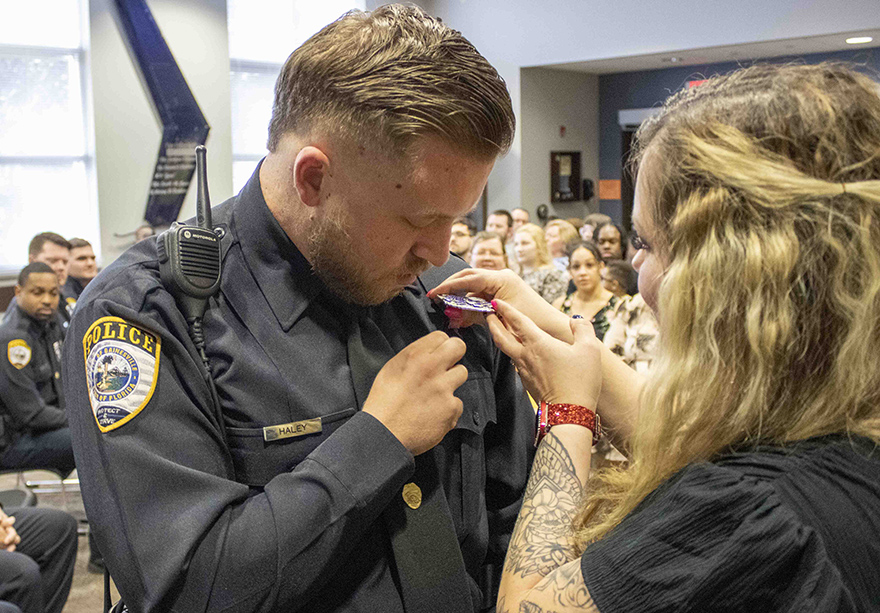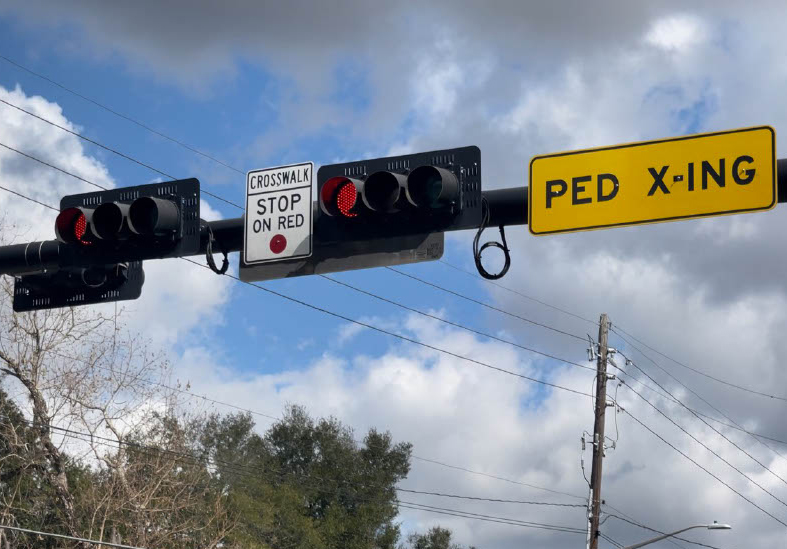GAINESVILLE, Fla. (Feb. 16, 2023) – From building homes on City-owned lots to preventing more than 40 rental evictions, the City of Gainesville’s Department of Housing and Community Development (HCD) shared its most recent report with Gainesville City Commissioners at today’s meeting.
The quarterly report is a way for HCD staff to show Commissioners and neighbors the work happening citywide to improve the quality and availability of affordable housing in Gainesville. The department is responsible for administering grants, implementing programs, planning workshops and reaching out to neighbors.
During the past few months, HCD has come up with creative new ways to get families into places they can afford. One of these initiatives will help build five new single-family homes alongside up to ten new accessory dwelling units (ADUs) on City-owned property. The ADUs, also known as in-law or mother-in-law units, are separate, smaller structures close by or attached to the main house. They provide more options for housing older family members or younger people just entering the workforce, and contribute to housing diversity in the City.
The City is also partnering with Bright Community Land Trust and Habitat for Humanity to build ten additional homes that will be placed into the Trust and remain permanently affordable. The $1 million in funding comes from The American Rescue Plan Act (ARPA).
An additional $320,000 from ARPA is helping eligible homeowners make safety and energy improvements to their properties, while another $320,000 goes toward providing low-income buyers with down payment assistance. The $7.2 million ARPA funding for the development of new affordable rental units and single-family or multi-family homes remains the biggest single item to report.
City Manager Cynthia W. Curry says today’s presentation demonstrates the City’s commitment to helping neighbors with lower incomes get the support they need to buy a home, improve the one they have, or find a safe and stable rental arrangement for short or long-term housing.
“Our Housing and Community Development staff first put together a framework in March of 2022. The commission adopted the work plan to implement that framework last July. Today, I can say the housing footprint is tangible. Things are happening for families in need of affordable housing in Gainesville,” she said.
Staff also reported on the City’s Community Development Block Grants from the U.S. Department of Housing and Urban Development (HUD). These have gone to support the Juvenile Justice and Community Support Programs at Reichert House, a Gainesville Fire Rescue initiative to provide outreach to those in need of mental health assessments or vocational training, and the new Public Safety Academy to prepare young people for careers in law enforcement, fire rescue, or utilities.
For additional information, please contact City of Gainesville Public Information Officer Rossana Passaniti at 352-393-7842 or
PassanitiR1@GainesvilleFL.gov.
# # #
Email editor@
alachuatoday.com








